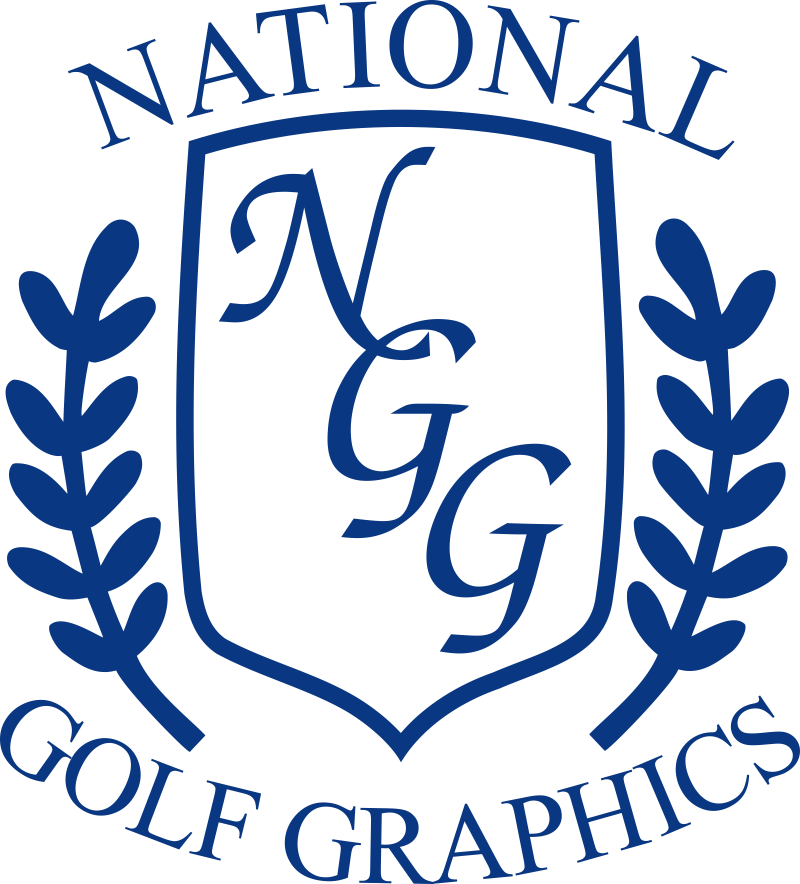
Bronze is the New Brass
Choosing the proper sign materials for your facility can be a daunting task. There are many options available, each coming with their own set of benefits and drawbacks. The purpose of this post today is to focus on one particular sign material, “bronze”. Let’s face it, if you’re looking to project a high level of class and refinement, there’s no better material than bronze. It’s been used around the world for thousands of years as both a practical material and a demarcation of “high society”. It certainly can do the same for your golf facility, but the question is “are companies really selling bronze signs, and why does it matter”?
The first thing we can tell you with a high degree of certainty is that unless you are specifically requesting silicon bronze, you’re not getting bronze signs. In fact, most of your suppliers won’t even know the difference, but you’re likely getting brass signs, or possibly some type of composite made to look like bronze. Why does this matter? Well, this will effect the color of the exposed metal (the raised letters, numbers, logo, etc.), how corrosion-resistant your investment is, and in the case of some of these composites, the strength and durability of your product will come into question, as evidenced by the number of courses that have come to us seeking to replace their composites with more durable metal sign materials. Let’s break this apart and take a closer look at these materials…
Red Brass vs Yellow Brass
The fact of the matter is that when you order “bronze” signs in the golf industry, chances are you’re getting either red brass or yellow brass signs. And when I say “chances are”, I really mean you are. There are very few suppliers that will produce silicon bronze signs, and basically that’s going to be by request only (we’re one of those suppliers, by the way). But, this isn’t necessarily a problem. Brass can perform perfectly well for this application. But, the next question is what kind of brass are you purchasing? Sheesh! So many questions 🙂
Let’s back up just for a second to better understand the difference between Brass and Bronze. While there are numerous variations of each, the main difference to take away from this article is that Bronze typically contains little or no Zinc, while Brass is going to have varying degrees of Zinc. Why is this important? Well, because the amount of Zinc in your metal is inversely correlated to the corrosion-resistant properties of your product. In other words, the more Zinc in your signs the less resistant your product will be to corrosion. Signs are a significant investment, and you want your investment to last, after all. Additionally, a higher Zinc content means there’s also a lower Copper content in your product. This results in a more yellowish gold color to the exposed areas of your sign, rather than the reddish brown color you’ll see with products that have a much higher copper content.
So, here’s the difference broken down by numbers:
Red Brass typically has a Copper content of 85% or more (the rest being a combination of Tin, Lead, and Zinc)
Yellow Brass typically has a Copper content of 60% or less (the rest being primarily Zinc)
Conclusion:
Red Brass is going to be a little more expensive, but it’s going to hold up to the conditions of the climate much better than Yellow Brass.
Silicon Bronze
If you demand “true bronze” from the sign industry, you’re likely going to request Silicon Bronze, which is an alloy made up primarily of Copper (96%) with Silicon as the main additive. Any exposed metal will possess a reddish brown color due to the high copper content, and the product will be extremely resistant to corrosion, even in climates with high salt content in the air (think ocean-side). Any boat owner knows that silicon bronze is excellent for below-the-waterline use. The reason… no significant Zinc element. Any boat owner will also know that Silicon Bronze is going to be a bit more expensive than its lesser alternatives. Unless you have plans to mount your signs underwater, Silicon Bronze is probably more than you need at your golf course.
It can be a daunting task to choose the right signs for your facility. You want it to enhance your brand, but it also needs to be an investment that’s going to last. Your signs are constantly communicating to your guests, after all, so it’s important to get it right. It’s our belief that the best consumer is an informed consumer, so we hope we’ve informed a few readers with this article today. If you have any thoughts on what you’ve read here, please feel free to comment, or reach out to us directly at 1-877-710-9363.
